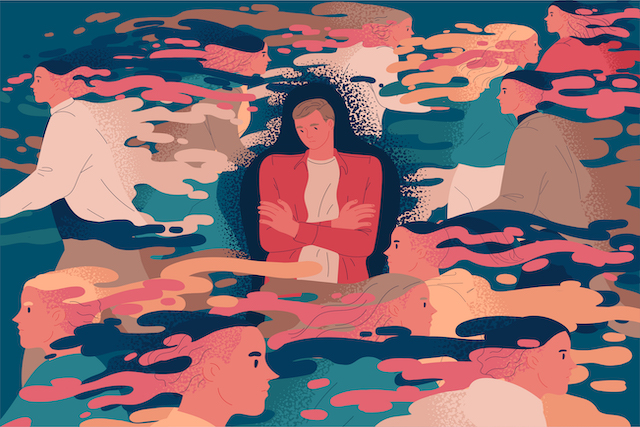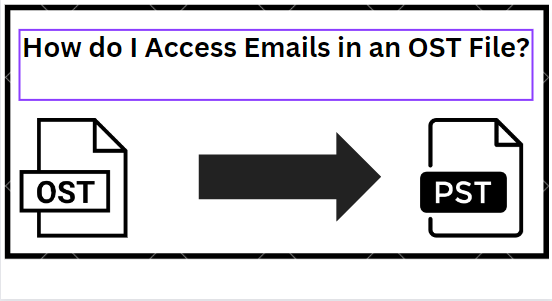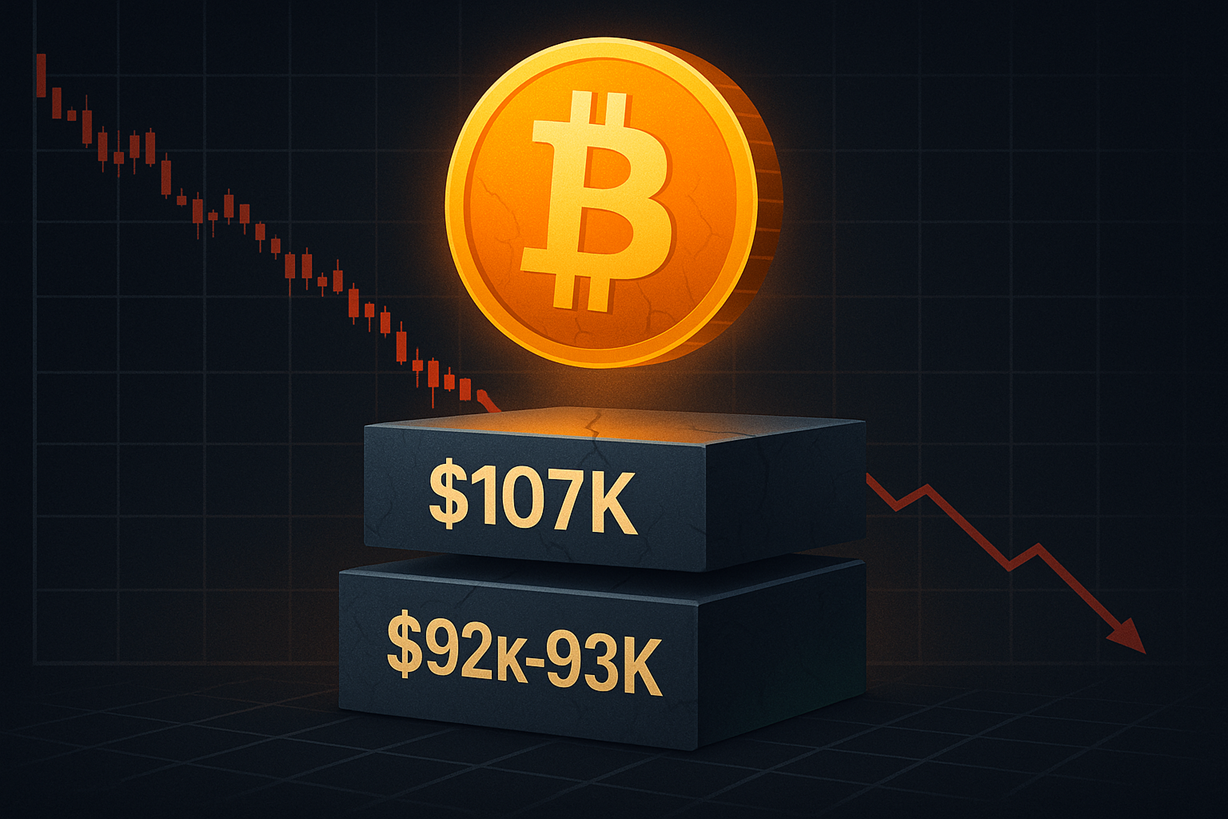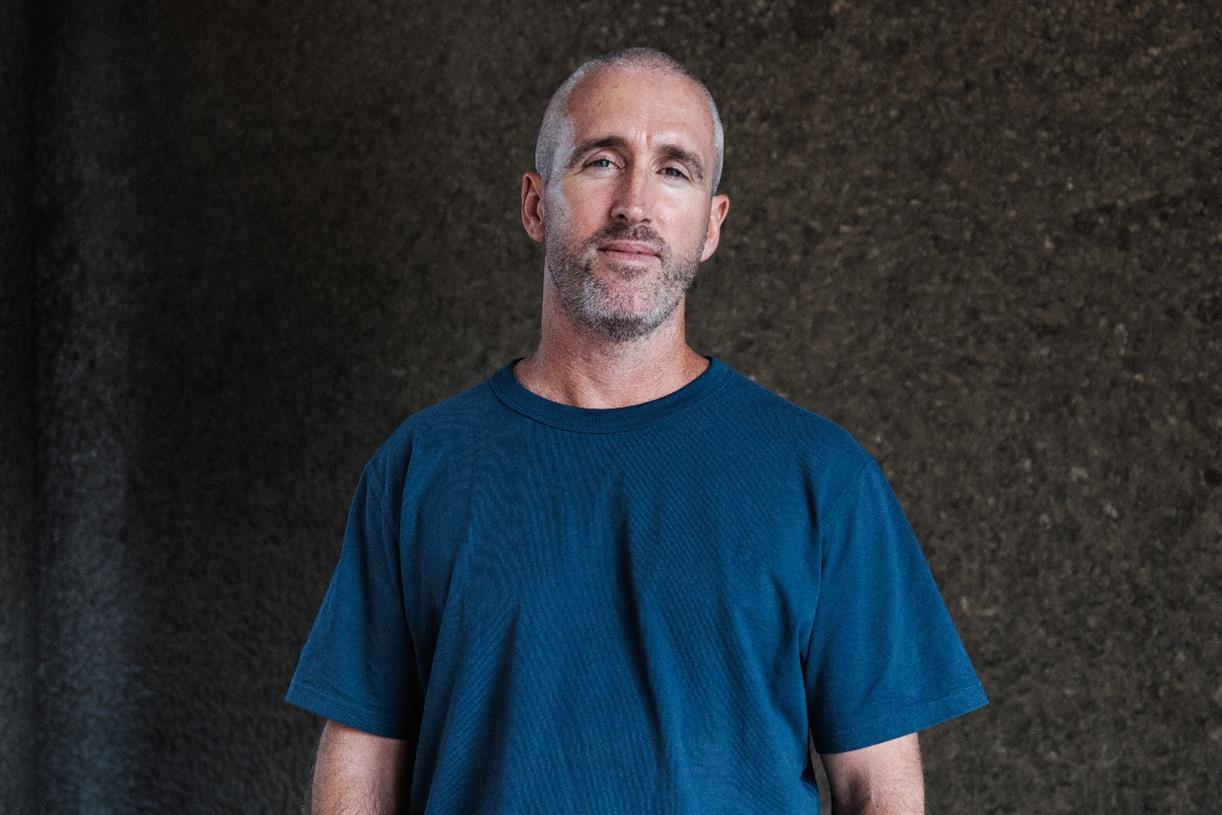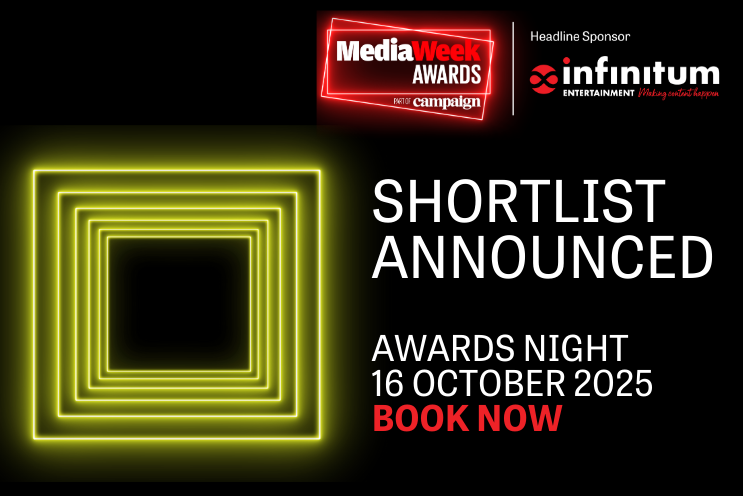What it Means to “Let Go” (and Why It’s an Essential Part of Healing)
When we’re focused on who we’ve been and the decisions we’ve made in the past, we often lose track of our authentic selves in the present. The process of letting go of the past and embracing change allows us...

There is a common misconception that the real you is only seen through your unfiltered thoughts and words, the you who emerges without any thoughtful processing. You hold up your immediate reaction on a pedestal. As a result, you believe that it defines your identity and reveals the core of who you are. In reality, this is completely untrue. The real you is not your initial reaction. The real you is your response that comes after your reaction. The real you is the one who can weave out of the grasp of the past and produce an authentic response that is based in the present.
Your initial reaction is your past revealing itself. Whether or not you are aware of it, how you felt before has been largely bottled up inside you. Your perception will measure everything you encounter in life today by its similarities to what you have felt in the past. If you see or feel something associated with a negative reaction, you will react in the same way in the present, even if your assessment of what is happening is exaggerated and incorrect. For the vast majority of us, our perception is completely colored by our past and our reactions seek to repeat themselves endlessly.
The mind moves so rapidly that it feels as if we are being authentic, when in reality we are letting our past experiences dictate how we feel in the present. Sometimes when we are triggered, we feel justified in expressing our anger by yelling or by loudly acting out our frustration, but this is not a sign of authenticity. This just reveals that we are caught in a cycle where our minds are overloaded with tension that keeps trying to feed its own fire. This is why slowing down and pausing will help us regain our footing in the present, process what is happening and align our actions with how we want to show up in the world. This is a much greater signifier of who
you actually are than the random things your mind blurts out. Let go of the idea that who you are is whatever you impulsively do and recenter yourself on the fact that authenticity is a quality that requires strengthening and cultivation. Also accept that your authentic self can change and mature over time—you are not stuck in old ideas, patterns, and identities.
The river of life wants to move you toward embracing change.
Being intentional is the same as being authentic. Staying in alignment with your values and with the version of yourself you are cultivating is the fundamental aspect of authenticity. Without intention, you would be aimless. Through intention, you reveal your truth. To simply let past self dominate your present-day thoughts, words, and actions is to miss out on fully living your life. Doing this means you are stuck
in a loop where you are repeatedly replaying the past and strengthening patterns that don’t necessarily support your happiness. Reinforcing the past keeps you stagnant, which may be easy in the moment because the past is familiar, but ultimately does not serve you well. The river of life wants to move you toward embracing change.
Letting Go Takes Time
To be able to chip away at these old reactions that keep coming up and chart a new course in our behavior is a long road to travel. Often, the conditioning that we accumulate becomes dense and packs into the mind like hardened sediment from times long ago. Unconsciously, we carry these thick layers of concrete as patterns that keep affecting us in the present. It is completely possible to heal and let go, but it serves us best to be realistic about how much we carry inside us and how long it will take to fully rewire the mind. To be able to take on a fresh per- spective and reframe old problems does not happen quickly. Healing is not possible without patience. And we must accept that letting go is a gradual process.
If the pain was deep you will have to let it go many times
Letting go is not a one-time event; it is a habit that requires consistent repetition to become strong. Sometimes the reaction to the pain is so deep that we have to observe and release the tension repeatedly to fully cleanse the wound. Patterns for specific types of behaviors can be so firmly rooted that during our healing process we may feel that the same issues keep coming up for us to work on. We may even feel like we aren’t making progress because of these persistent patterns, but in reality we are just getting the opportunity to release deeper layers of the same material.
The purpose of letting go is not to erase emotions, but to acknowledge their presence and transform your relationship to them. Before I began healing, my fear was that the sadness would always remain, but once I started embracing the truth of impermanence it became clear that, yes, the sadness had emerged and may stay around for some time, but it simply would not last forever. Understanding that it was only passing through made it more tolerable and less of a factor as I navigated my daily life. Being able to let go while a tough emotion is passing through helps us be OK with not being OK.
Letting go reaches deeper levels when your observation of what is happening inside you is done with total acceptance and when you remember that every part of life is impermanent. Especially in the mind, adding more tension to the tension that is already there will not make things better.
When tension is met with unconditional acceptance, it has the space it needs to naturally unfold and release. Unloading and facing the mental weight of past hurt is never easy, but it is possible, especially when you feel ready for a great transformation.
When you put yourself through the process of letting go, you gain greater access to the here and now. Ultimately, letting go is a mental state of clarity, where you no longer cause yourself extra suffering. Understanding that you can benefit from letting go is critical, but the next step is finding your practice so that you can start your own deep healing work. Wanting to let something go and having the tools to support you in this process are two very different things.
From the book Lighter: Let Go of the Past, Connect with the Present, and Expand the Future by Yung Pueblo. Copyright © 2022 by Diego Perez Lacera. Published by Harmony Books, an imprint of Random House, a division of Penguin Random House LLC. All rights reserved.

 Astrong
Astrong 








